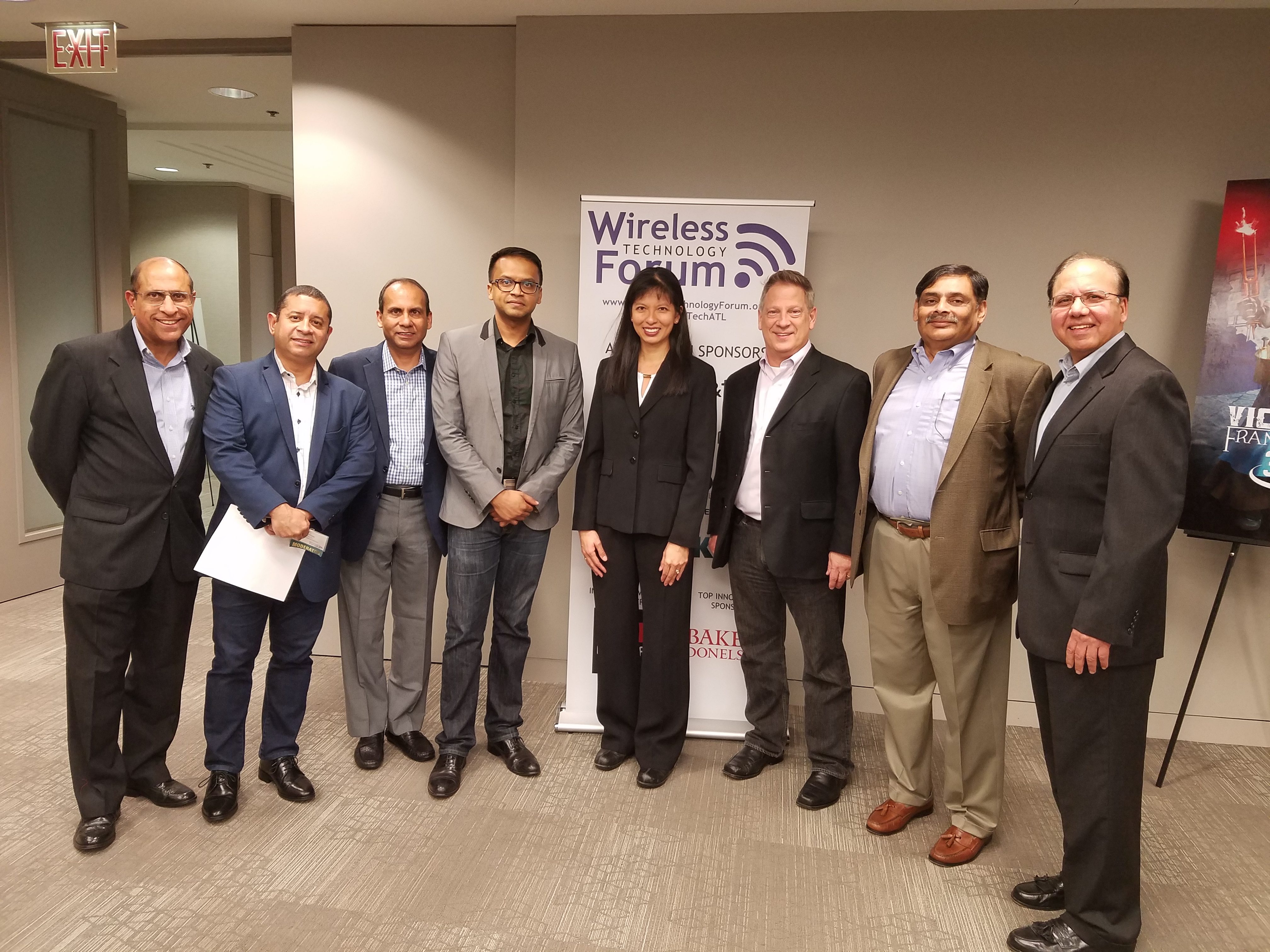
Mobile Commerce is Here
January 2015, at the mCommerce panel headlined by Ginger Schmeltzer and Chris Poelma, the panel concluded that mobile payment adoption would be driven in 2016 by EMV. We can debate if this prediction came true in 2016, but my litmus test was when my credit card was “deactivated” for adding Apple Pay, and I spent over an hour waiting in a call center queue to get my Costco Citi Visa working again. On June 20, 2016 (the first day the Costco Citi Visa was active), too many people attempted to add mobile payments (Apple Pay, Android Pay, and Samsung Pay) , and shut down the activation system. Citi Visa was not prepared for the number of people who would try to add mobile pay on the first day their card was active. Thus, it is my opinion: Mobile commerce has arrived.
The view of mobile payments and mobile commerce has been very US focused in the past at the Wireless Technology Forum. This year, we decided to take a more global view of this industry. The results were eye opening.
U.K.
In 2016, Visa Europe reported, “74% of British consumers are ‘Mobile Payments users’ – people who manage their money or make payments using a mobile device.”
India
India is known for their tech call centers and software development. I was surprised at how India was still very much a cash based society when I visited in 2015. According to Bloomberg, “Roughly 98 percent of all transactions are in cash, with 11 percent of consumers using a debit card in 2015, while most retailers don’t accept cards. ”

Ramanagara Marathon, February 1, 2015
This cash based society is undergoing a major transition right now. Since India is/was a cash based society, significant income was unreported. According to CNN, “less than 3% of the population pays income tax.” According to Forbes, “85% of workers are paid exclusively in cash.” Additionally, CNN reported, “it’s common for Indians to pay for big-ticket items like cars, jewelry and even houses with cash.” BBC, CNN, and other news outlets are calling this a “cash crisis.”
An outcome of this “cash crisis” is forcing vendors in India to accept credit card and mobile payments. There are 2 problems with this plan, 1) vendors with razor-thin margins become unprofitable once the banks and credit card companies take their share of the transaction, 2) Banks didn’t have enough trained personnel to open bank accounts for the 50% of the population in India without bank accounts.
The goal of the Indian government is to reduce corruption, and the outcome is digitizing money which will drive mobile commerce.
THERE’S NO PLACE LIKE HOME
Are you a mobile payments user? According to RECODE, only 20% of US consumers have ever used a form of contactless payment. This is in stark contrast to over 80% of consumers in the UK and Australia who have already used contactless payment. RECODE, theorizes that retailers and banks need to catch up to consumer demand and enable mobile payments. Easier said than done, but I am optimistic.
RECODE: The future of mobile payments is here, it’s just not evenly distributed








